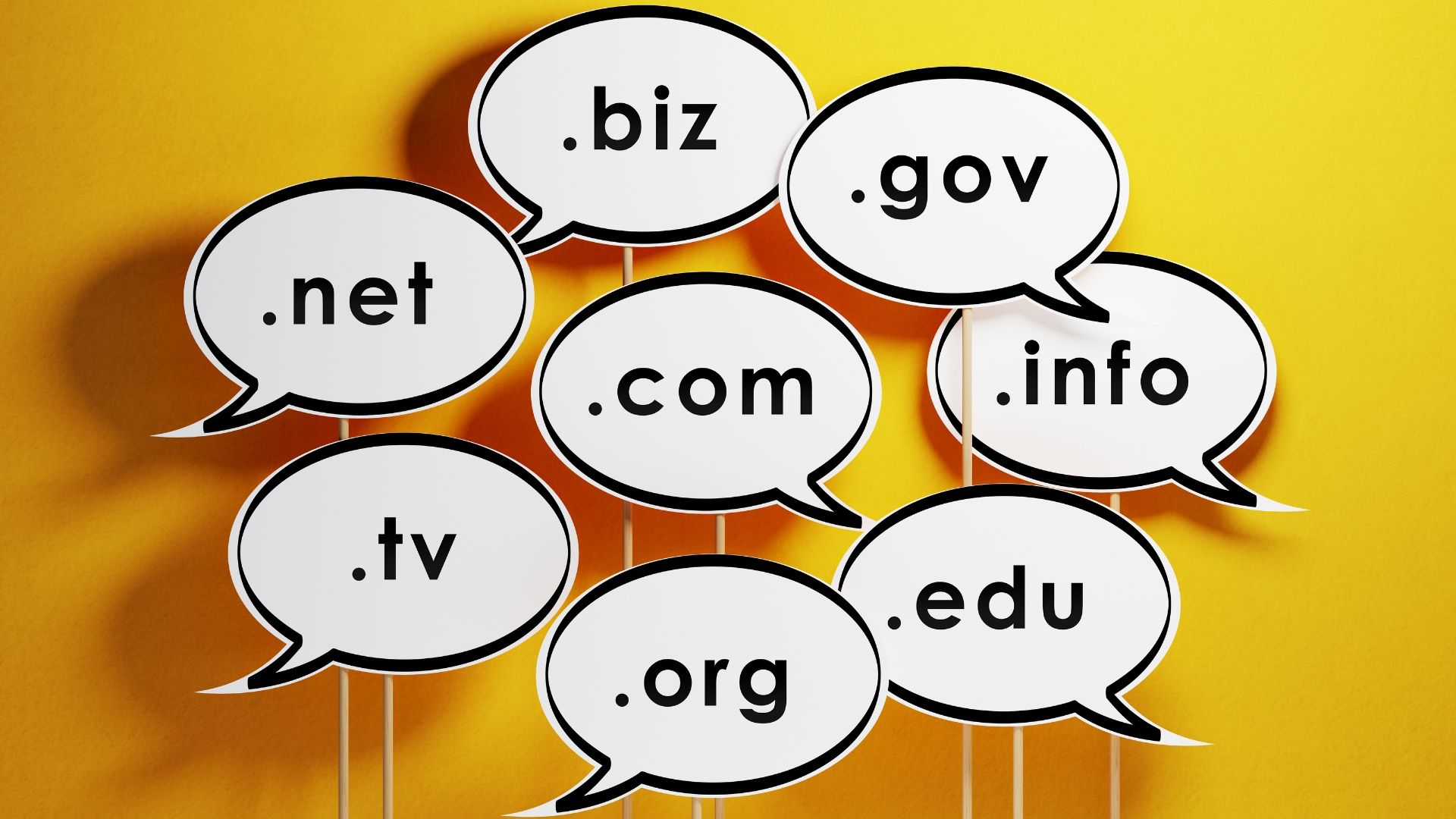As we begin 2025, businesses must adapt to new trends and challenges of Search Engine Optimization (SEO) as it continues to become more relevant. Whether you're running a small startup or an established company, a robust SEO strategy is no longer optional—it’s essential.
Here’s why your business needs a strong SEO strategy in 2025:
1. Increased Competition in the Digital Space
As more businesses invest in online marketing, the digital marketplace is becoming increasingly crowded. In 2025, there will be even more companies vying for attention across search engines, social media platforms, and beyond. SEO is the key to standing out. A well-executed SEO strategy helps ensure that your website ranks higher on search engine results pages (SERPs), making it more likely that potential customers will find your business before they find your competitors.
2. Google’s Algorithm Updates Keep Changing
Google's algorithms are constantly evolving to provide users with the most relevant, high-quality search results. In 2025, it’s expected that Google will continue to refine its ranking system with updates focusing on user intent, mobile-first indexing, and even more advanced AI-based algorithms. A strong SEO strategy helps businesses keep up with these changes and ensures that their website is optimized for each update, preventing a drop in rankings.
3. User Experience (UX) Will Be More Important Than Ever
Google has increasingly emphasized the importance of a positive user experience as a ranking factor. In 2025, factors like site speed, mobile optimization, easy navigation, and relevant content will continue to play a crucial role in determining where your site ranks. A strong SEO strategy focuses not only on keyword optimization but also on creating a seamless and user-friendly experience for visitors, helping to keep users engaged and coming back for more.
4. Voice Search and AI Will Dominate
With the rise of voice search through smart devices like Alexa, Siri, and Google Assistant, optimizing for voice search will be more important than ever. As people ask questions in a more conversational tone, businesses must adapt their SEO strategies to include long-tail keywords and natural language. Additionally, AI advancements will make personalized search results the norm, making it essential to provide high-quality, relevant content tailored to your audience's needs.
5. SEO Provides Long-Term Results
Unlike paid advertising, SEO offers long-term benefits that compound over time. While ads can deliver instant results, SEO can generate organic traffic that steadily increases as your website climbs the search rankings. In 2025, a strong SEO strategy will provide your business with sustained growth, ensuring that your content continues to be discoverable and valuable to your target audience.
6. Local SEO is Key for Small and Medium Businesses
For small and medium-sized businesses, local SEO will remain one of the most effective ways to connect with customers in your area. In 2025, local search queries are expected to grow, as users seek businesses near them. Claiming and optimizing your Google Business Profile, ensuring your NAP (Name, Address, Phone number) information is consistent, and generating positive customer reviews will be essential components of your local SEO strategy.
7. Content Marketing and SEO Go Hand-in-Hand
Content marketing and SEO are a dynamic duo that, when paired together, can create powerful results. As search engines continue to prioritize high-quality, relevant content, having an SEO strategy that aligns with your content marketing efforts will help you rank higher and connect with your target audience. In 2025, content creation will be more than just producing blog posts—it will involve creating videos, infographics, and podcasts that serve your audience’s needs while being optimized for search.
8. The Shift Towards Mobile-First
In 2025, mobile-first indexing will be more important than ever. With the growing reliance on smartphones and tablets, Google primarily uses the mobile version of your site to determine rankings. If your site isn’t mobile-friendly, you’re likely missing out on valuable traffic. A strong SEO strategy ensures that your website is optimized for mobile, offering users a seamless browsing experience no matter what device they’re on.
9. Measurable ROI
One of the biggest advantages of SEO is that its results are trackable and measurable. You can monitor the success of your SEO strategy by tracking key metrics like organic traffic, bounce rate, conversion rates, and keyword rankings. With the right tools and analytics in place, you can clearly see how your SEO efforts are impacting your bottom line, making it easier to adjust strategies as needed to maximize results.
10. SEO Builds Trust and Credibility
Trust is a key factor in customer decision-making. Websites that rank well in search engines are often perceived as more credible and trustworthy. A strong SEO strategy not only focuses on ranking but also on providing value through helpful, informative, and well-crafted content. By demonstrating expertise and addressing customer needs, you can build trust with your audience, increasing the likelihood of conversions and brand loyalty.
Stay Relevant With SEO
As we enter 2025, SEO will continue to be one of the most valuable tools for businesses looking to succeed in a competitive digital landscape. A solid SEO strategy ensures that your business stays relevant, competitive, and visible to potential customers. Whether you’re looking to improve your website’s user experience, capitalize on local SEO, or build a content marketing plan, now is the time to invest in SEO for long-term growth and success.
If you’re looking to get started or optimize your existing SEO strategy, True North Technologies is here to help. Contact us today to learn how we can help you grow your online presence and achieve measurable results!
Latest Posts



Elevate your company’s online presence today.
Location
Lincoln, Nebraska
7800 O St, Suite 103, Lincoln, NE 68510
